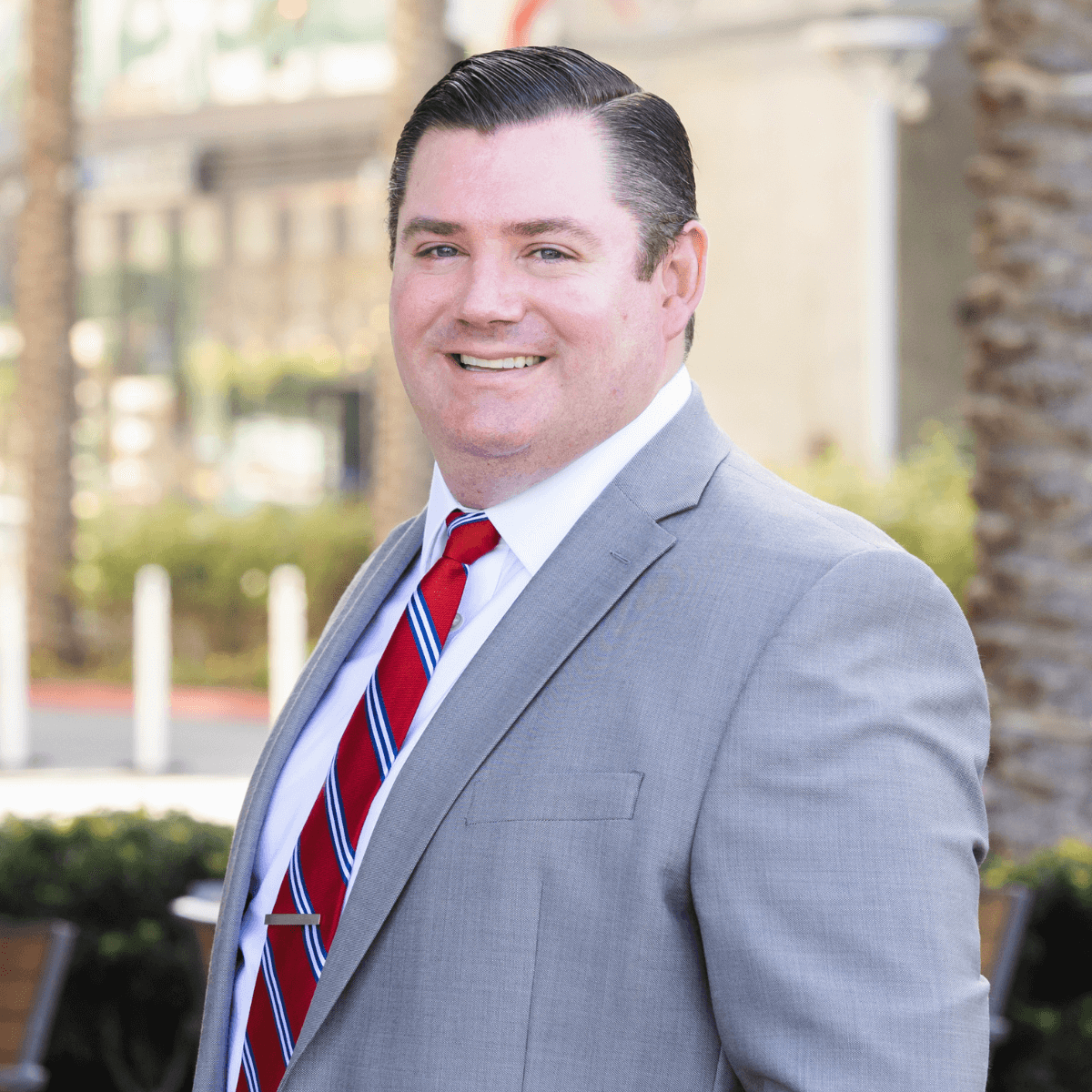Swimming Pool Drowning Attorneys, San Diego
Posted by sdinjurycomstg on January 12th, 2024 - Swimming Pool Accidents

What Are The Rules For Residential Swimming Pool Safety?
The swimming pool drowning attorneys Phillips & Pelly in San Diego rely on both codified law and general negligence principles when evaluating a claim. This article will overview those considerations.
California Law regulates the safety requirements relative to residential swimming pools that may be newly constructed or remodeled. These rules also apply when a homeowner rents a home. If the rules are not followed, or other fundamental property management standards of care are not observed, the landlord may be liable for drowning / swimming pool accidents on the property. Likewise, a homeowner who has a party, invites guests, has children to the property and fails to supervise and monitor activity around the swimming pool may be liable for drowning or other swimming pool accidents. So what are the rules?
California Swimming Pool Safety Act.
The swimming pool safety act is codified in the California Health and Safety Code section 115920. See the full code here Codes Display Text (ca.gov)
In sum, the code regulates safety requirements imposed on a homeowner to ensure the safety of residents, guests, renters and others who may be on the property. The code requires, at least 2 of the following 7 safety measures be in place
- An enclosure that isolates the pool or spa from the private home,
- Removeable mesh fencing in conjunction with a gate that is self closing and self latching with a key lockable device,
- An approved safety pool cover,
- Exit alarms on the home’s doors if the door provides direct access to the pool,
- A self-closing, self-latching device with a release mechanism placed no lower than 54 inches above the floor on a homes doors providing direct access to the pool or spa,
- An alarm that will sound upon unauthorized entrance into the water,
- Other means of protections, if the degree of protection is equal to or greater than the features above and has been approved by a testing lab with required standards met.
The policy of the act is to minimize the chances of access to a swimming pool by children or others by providing a fence, alarms, latching gates and/or a combination of all. Our swimming pool drowning attorneys will examine the facts beyond code compliance or non compliance.
It is not enough that the homeowner install the safety devices, but the homeowner must also inspect and maintain. For example, if the homeowner installs the proper fencing and latching gate, with an alarm, but fails to conduct regular inspections of the property and the latch then becomes rusted and worn rendering it ineffective, the landlord is likely liable if a swimming pool accident or drowning occurs as a result of that failed safety mechanism. Our attorneys in San Diego handled a tragic case where the landlord installed but failed to maintain a locking gate and as a result the pool was accessed when it should not have been, resulting in a tragic swimming pool accident.
A homeowner may also be liable for drowning accidents on his/her property even if the requirements of the Swimming Pool Safety Act are met. An example of this would be a party where children are present and the adults are not watching the swimming pool and a child drowning accident occurs. In this instance, the homeowner is likely liable for negligent supervision. This is enhanced if the homeowner and guests are drinking alcohol and partying while children are in the pool.
Is a Landlord Responsible For Drowning Accidents On His Property?
A complete analysis of a landlords liability for swimming pool drowning accidents goes beyond just looking at the Swimming Pool Safety Act. Distinct from the examples of homeowner liability above, the landlord does not have an obligation to the on the property when children are swimming. However, the landlord does have a duty to inspect the property routinely for dangerous conditions, and, if the fencing, alarms, latches or other safety devices are somehow failing, the landlord has a duty to warn and repair immediately.
The principles of general negligence also apply. That means if through the exercise of reasonable care an accident or drowning could have been avoided but was not, the landlord may be liable. This could mean, for example, a pool suction was not operating properly, the construction around the pool failed, the slope of the pool floor is too steep, a buoy line isn’t available or in use when needed and a number of other factors that may not be present, then the landlord may be liable for swimming pool accidents or drownings.
Attorneys For Drowning Accidents
Our San Diego drowning accident lawyers offer a free consultation and work on a No Win, No Fee basis. There is no obligation. We will stop what we are doing, listen to what happened, and offer the next best steps. We understand this is a painful time and are sensitive and compassionate. Our swimming pool drowning attorneys are also very experience lawyers, with backgrounds ranging from prior insurance defense lawyers to former prosecutors. Learn more on our swimming pool drowning page here Pool Drowning | Phillips & Pelly (sdinjury.com) and reach out to us for a free consultation here Contact | Phillips & Pelly (sdinjury.com)


